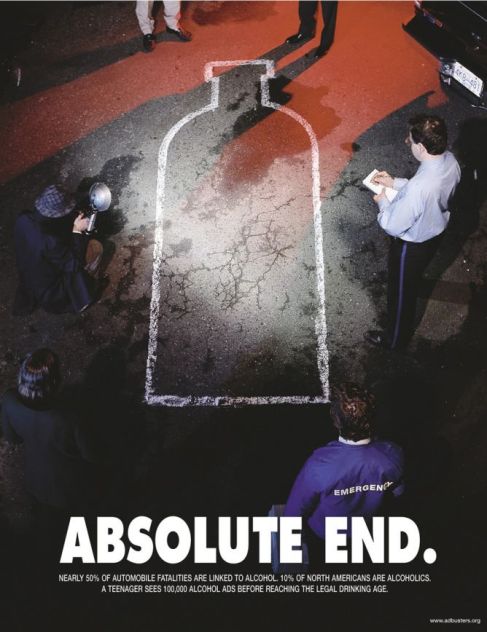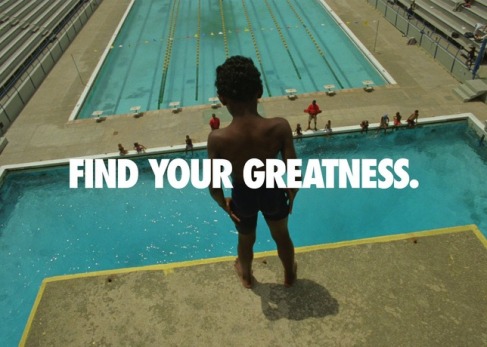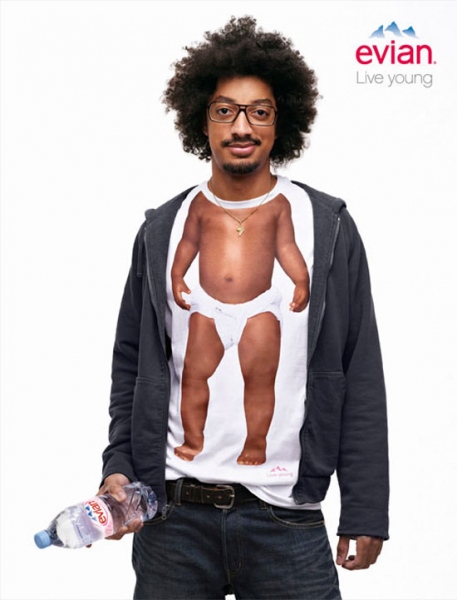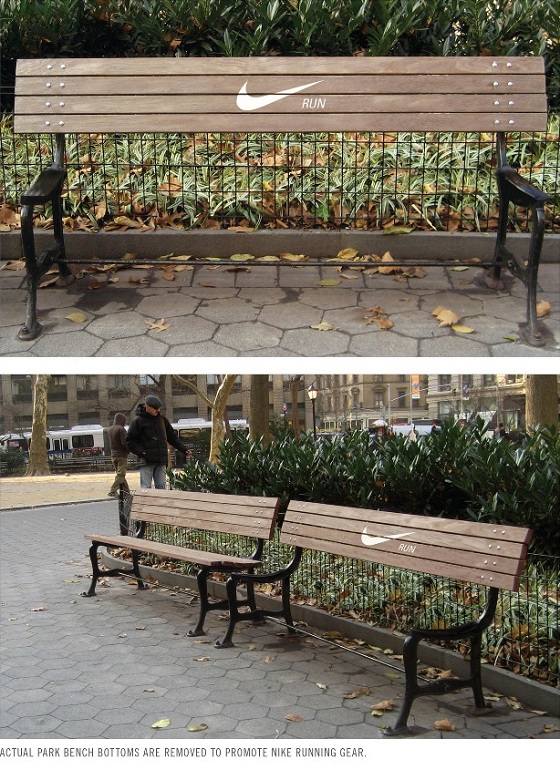Target Audience: Age 20-25
Google Chrome: Jamal Edwards SBTV
Agency: BBH
Demographics:
- Male and Female.
- 20-25 years of age.
- Interests: Technology, Internet.
- Aspirational – want to follow their dream job.
- Independent young adults.
- Starting their career.
- Educated urbanites, aspiring singles and starting out (based on ACORN’s definitions with UK population).
The advertisers in this campaign would have done a large amount of research to find out about their target audience. As Google is a huge organisation they would have most likely done insight marketing and they can track their audience’s internet usage.
Critical thinking: This advertisement markets the internet in a unique way, it advertises it as a platform for you to achieve your dreams, rather than an internet for personal entertainment. It’s a revolutionary idea for an advertisement for the internet.
Content strategy: They have decided to include the main and exciting parts of Jamal’s career rather than including the boring parts. They have included the exciting filming opportunities but left out the research and organising he must of had to do to get there. There is a theme as Google made a series of these advertisements, not necessarily aimed at the same audience, e.g. The Satchel Company advertisement is based on a mother who starts her own business using Google Chrome. You could recognise the brand from any of these sets of advertisements.
Editorial tone: The tone used in the advertisement is aimed at the young audience, the typing uses slang and very colloquial language.
Hierarchy of information: There is a chronological story to this advertisement and it builds up pace and gets more exciting throughout. They have decided to use the most exciting parts of Jamal’s career to build a picture of the stages he has gone through to get where he is today. They begin with the Google Chrome icon and the name of the entrepreneur featured because it is important information and what the audience needs to know for the rest of the advertisement to make sense.
Powerful and persuasive ‘call to action’: The advertisement is very clear in what it wants the audience to do. They want the audience to use Google Chrome.
Imagery: The imagery used is very creative as it has a layout like a computer screen, although it is a video. It uses pictures, videos (video showing video) and typing effects inside the advertisement.
Best media to spread your message: They picked television as their main platform for this advertisement as it reaches a large audience. They also put the advert on Youtube which proved very successful as it now has over 6 million views. YouTube was a great idea for the audiences age as they are the prime users of the internet and websites like YouTube.
Target Audience: Age 30-35
http://www.youtube.com/watch?v=ftkYPpD4K8M
Department of Health (NHS) – Smokefree Generation

Agency: Miles Calcraft Briginshaw Duffy (MCBD)
Platform: Television, Radio, Print, Outdoor, PR/Press and Digital.
Demographics:
- Male and Female.
- Parents who smoke.
- Mainly 30-35 years of age.
- Interests: Family, watching television.
- Working parents who like to sit down watching TV after work/ unemployed parents.
- Lower-middle class.
- Secure families, struggling families and blue collar roots (based on ACORN’s definitions with UK population).
To get to know their target audience they may have used focus groups to get to know their audience. They may have possibly used groups from NHS stop-smoking sessions to find out what made them want to give up smoking. They most likely would have used insight marketing too.
Critical thinking: The thought behind these advertisements is very clever due to the fact that they use real children of smokers to come and speak to the camera with their own personalised message. The idea is not highly creative but it is simple and powerful. They go beyond social norms where actors are usually used and attempt to reach their audience directly by making them think of their children.
Content strategy: The advertisers behind the campaign have decided to use emotional material and have most likely edited out anything that would not target the audience emotionally. There is a theme between the adverts and all their platforms, they follow the same conventions so they are recognisable as coming from the same campaign. They reveal the message quickly to take a direct approach.
Editorial tone: The editorial tone in the advertisements, across all platforms, is as if a child is speaking to their parent and then a serious instructive message to inform the audience of how to quit smoking. The advertisers use a instructive tone as it is more likely to be effective as it takes a direct approach and doesn’t ‘beat around the bush’.
Hierarchy of information: The information in the advertisements are displayed so the child’s message reaches the audience first and is followed by the logo and information to quit. This is to get the attention of the audience and make them think about their family before they are told what they can do. The information from the children is shouted as that is how they want the audience to quit smoking and the message from the NHS appears smaller as it is likely to be more effective coming from young children rather than a large, health organisation.
Powerful and persuasive call to action: The advertisements make it clear that they want you to stop smoking and give you the information to stop by trying to get you to pick up a stop smoking kit or to call a helpline. The campaign message is very clear to the audience.
Imagery: The imagery used in the advertisements appear simple but have been carefully constructed so the audience only focuses on the child and they use close up shots to show the children’s emotion which aims to touch the viewer’s feelings.
Best media to spread your message: These NHS advertisements use a number of platforms to target their audience everywhere. For example: when they are at home watching television, when they are in their car on billboards and the radio, when they are online on their computer and when they are reading the newspaper. This is very effective in reminding the audience of the message wherever they turn. Using this many platforms achieved them reaching “90% of the target audience were aware of the campaign” (according to smokefree.nhs.uk website).
You can view the series of television advertisements here: http://www.campaignlive.co.uk/thework/938082/Department-Health-real-kids-Miles-Calcraft-Briginshaw-Duffy/?DCMP=ILC-SEARCH
Target Audience: Age 60-65
http://www.tellyads.com/show_movie.php?filename=TA5634
Fixodent – Apple Bobbing
Demographics:
- Male and Female.
- 60-65 years of age.
- Interests: Family, outdoor walks and eating out.
- Retired with children and grandchildren.
- Elderly people who like leisurely activities.
- Most likely married couples.
- Middle-Upper Class.
- Affluent greys and settled suburbia (based on ACORN’s definitions with UK population).
To find out information about their target audience they would have most likely used a focus group in the case of this audience. The audience is harder to reach online so therefore would have been more likely to be reached by actually speaking to the audience. Census data may have also been used.
Critical thinking: The advertisement may not be an extremely creative advertisement but it is very well thought out for the audience, targeting them by the use of family and love to allow them to relate to their own life.
Content strategy: They decided that the content should include a family event with an elderly couple at the centre of it. The characters are relatable to the audience. They do not reveal the product until near the end so they audience are intrigued to find out how the dentures look so realistic. The last shot shows the couple with what appears to be their grandchildren, to show they understand their audience.
Editorial tone: The editorial tone that this advertisement uses is professional, well-written language but it is simple and easy to follow. The music used is traditional to fit with the target audience.
Hierarchy of information: The important information is shown at the end of the advertisement because it aims to interest the audience into finding out what is being advertised. They begin by setting up the scene of the advertisement showing an apple and then going on to show perfect smiles. They decided to put the important words in bold to highlight what the advertisement is about.
Powerful and persuasive ‘call to action’: The advertisers make it clear that they want the target audience to buy the Fixodent product. They aim to be powerful persuaders by focusing on things that their audience will be able to relate to, e.g. their grandchildren.
Imagery: The imagery used in the television advertisement is simply filmed and not too flashy. The audience are more likely to relate to something simply filmed accompanied with basic on-screen-graphics.
Best media to spread your message: They use a television platform to reach their audience which is a wise platform to choose for the elderly audience. An internet or social media platform may not be appropriate as you would only reach a tiny amount of the targeted audience. The advertisement showed above is the short television version of the advert but there was also a longer version of the advertisement. Using the two lengths of adverts can be effective because if you play the long advert to begin with and then progress on to the shorter advertisement, you are reminding the audience of the product that they have already seen advertised.





 2. A great creative concept is key. For example: the Coca Cola ‘Share a Coke’ campaign has been hugely successful and that was a creative, original and personal concept to attract a huge audience.
2. A great creative concept is key. For example: the Coca Cola ‘Share a Coke’ campaign has been hugely successful and that was a creative, original and personal concept to attract a huge audience.





